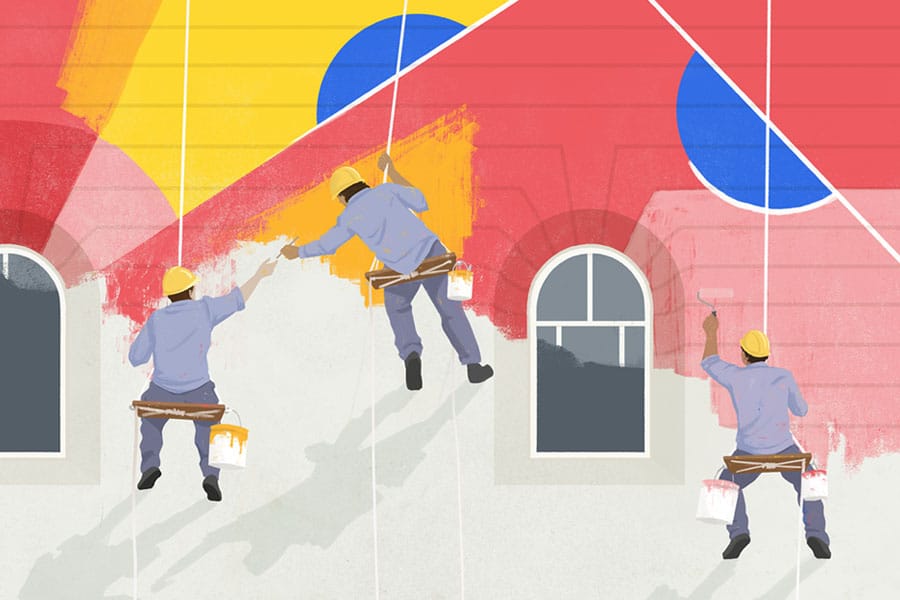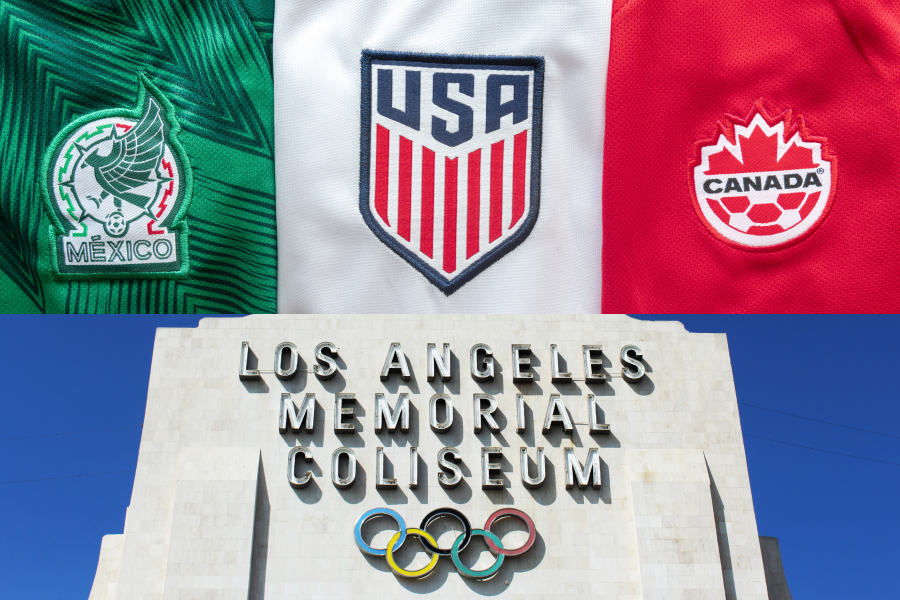Illustration by Rae Scarfó
If I asked you to think of a recent change, and then think of who sponsored that change, I’d be willing to bet you’d come up with a name pretty quickly.
I’d even bet you could think of someone who was a great project sponsor—and someone who maybe wasn’t. Why? It’s because a project’s success relies heavily on the effectiveness of its sponsor.
But did you know that nearly 50% of project teams rate their sponsor’s effectiveness as poor to fair? With project sponsors playing such a key role, it’s a detail you don’t want to skip over when managing a big company change, like implementing a new technology or process.
So, what’s the difference between a good sponsor and a bad one? And, most importantly, what is it that you as a construction leader want to make sure your sponsor is doing?
What is a sponsor?
A sponsor is someone—typically in some level of leadership—who supports and promotes the initiative or change. Their primary focus is on aligning strategy and removing barriers for a team vs. the day-to-day details of project implementation.

I believe a sponsor can be anyone with strong relationship skills who can influence and supports the change. It doesn’t necessarily have to be the highest-ranking member on your team or in your organization. An effective sponsor is someone who people trust and is able to help with the project’s adoption.
What is it not?
A sponsor is not your project manager. They should stay out of the day-to-day details. When a sponsor is involved in making decisions on a day-to-day basis, your team is not using its resources adequately. A sponsor should be involved in setting milestone goals with a project team, but beyond that it isn’t necessary.
ALSO ON BUILT:
A sponsor is also not a cheerleader. Supporting the change just by slapping your name on a project isn’t effective sponsorship. While it is important that people know the change is being backed by leadership, your sponsors also need to be visibly active with the project. Plan to engage your sponsor throughout the project; they should play active roles in the startup, design and implementation of the initiative.
What should an effective sponsor do?
The role of the sponsor is a large one. There are many things a sponsor needs to do. Here are a few critical items to consider:
At the start of a project:
Sponsors should assist in selecting and deploying the project team. Determine who the project leader is and help pick capable team members. Help the team understand the reason for the change and how it impacts and benefits the business.
Sponsors should also start to build management support. It is a key responsibility of the sponsor to work to inform other managers about the upcoming change and why it is necessary. Starting these touch points of communication early allows leaders to follow along with the change and not be surprised by the rollout later.
Creating general awareness of the upcoming change for employees is also important. Once the project is approved and started, have your sponsor start to communicate with employees about what is changing and why. How does this benefit the company, and what happens if you don’t make the change? Be sure to also include some ideas around how it benefits the individual—”what’s in it for me?”—is a powerful motivator to get people aligned to a change.
During the design phase, a sponsor should:
Stay informed and involved with the project team, attending project meetings on some cadence (doesn’t necessarily need to be the team’s meeting cadence). Engage with the project team to offer support and remove barriers, and then follow through with the team’s requests. Help the team maintain strategic vision and direction.
Communicate. Sharing critical and key messages with employees demonstrates a sponsor’s commitment to the change. It is also key to keep messaging consistent.
Gain support and buy-in from other leaders and managers. Let other managers know what they can do to support the change. This can be done in both public and private conversations.
During implementation, sponsors should engage by:
Continuing to stay connected to the project team. Implementation can bring on resource constraints. Check in with your team to make sure they still have what they need and help them troubleshoot if they don’t.
Model the change. Lead by example and show both managers and employees that you have made the change yourself.
Continue to reinforce key messages. If there are pockets of resistance, a sponsor may need to have one-on-one or team meetings to talk through the change and understand the barriers of that person or team. Many times, resistance comes from a place of misunderstanding; having a leader walk through a change with a team can work wonders.
Share and celebrate success. Reinforcement goes a long way; people want to know that their efforts to make a change didn’t go unnoticed.
True sponsorship takes work. If you’re doing it right, it isn’t just verbally backing a new project that you believe will have benefits. It takes time and effort, but that effort will pay off significantly.
Effective sponsorship sets the tone for a project. It shows employees and managers that you are serious about the change and the company finds value in what’s to come. By not having a sponsor, or not having your sponsor actively engaged, you can put your schedule, cost and adoption of the change at risk.











